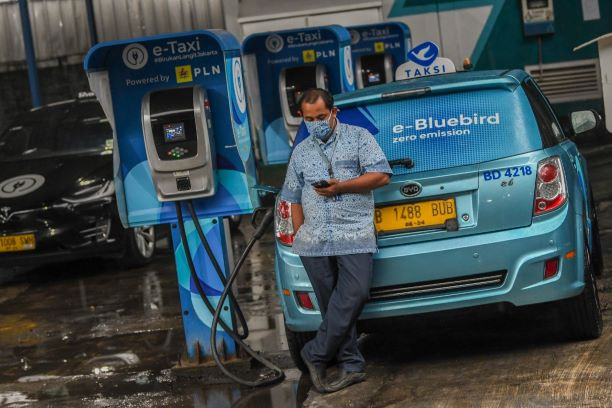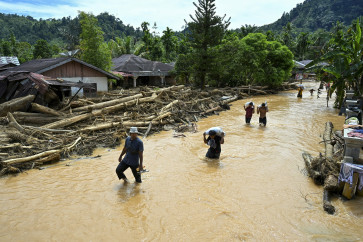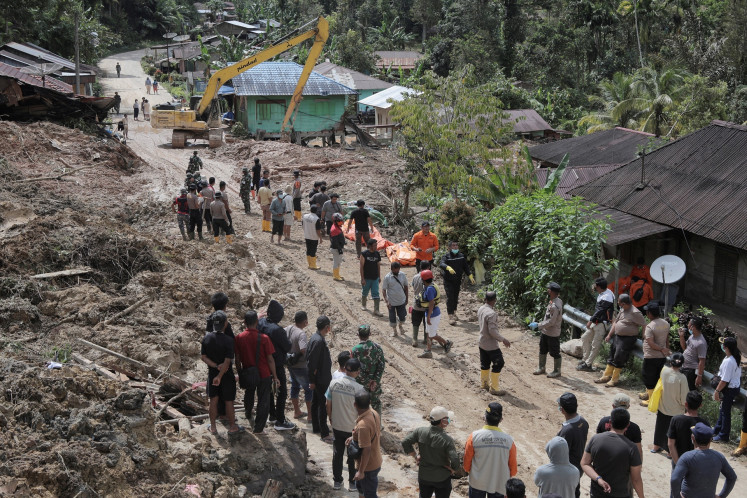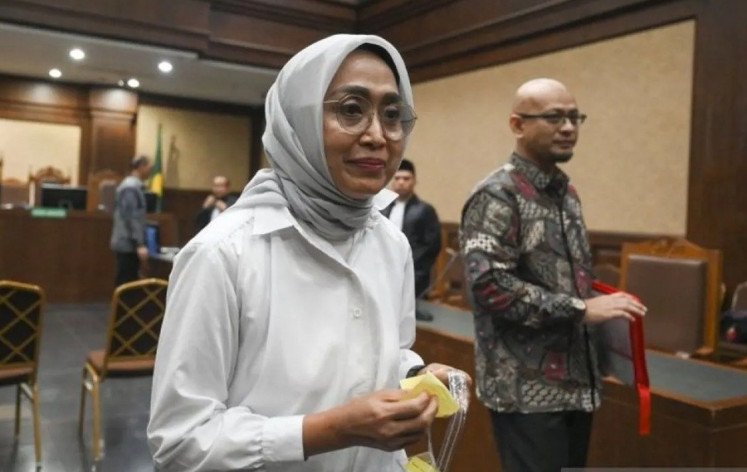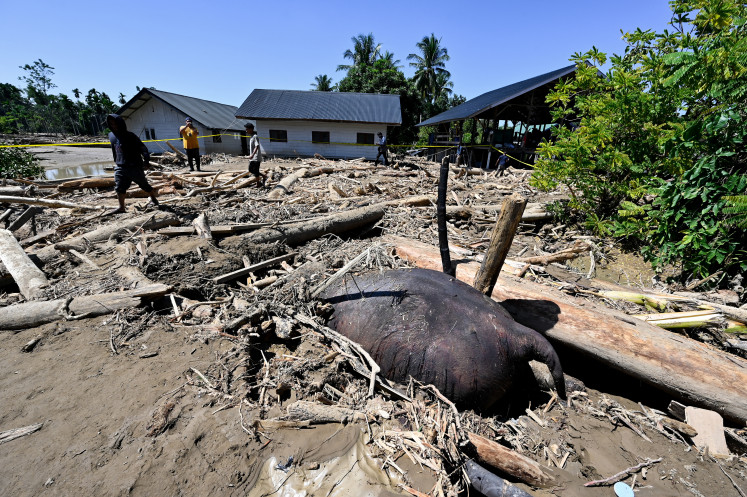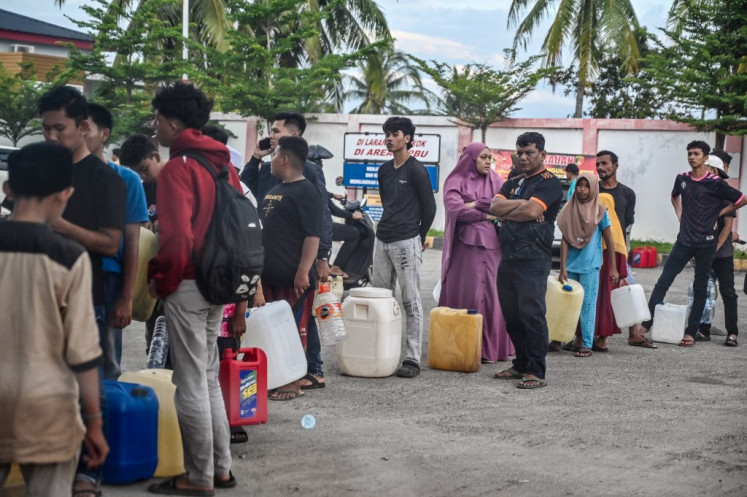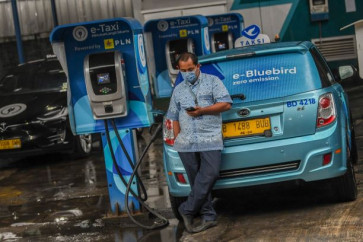Popular Reads
Top Results
Can't find what you're looking for?
View all search resultsPopular Reads
Top Results
Can't find what you're looking for?
View all search resultsImportance of designing an end-to-end energy transition policy
The energy transition road map should take a comprehensive, holistic approach by including the whole of the green technology value chain.
Change text size
Gift Premium Articles
to Anyone
T
he European Parliament recently voted for nuclear energy and gas to be included in the Green Taxonomy. Although certain terms and conditions will apply, this opens an opportunity for gas and nuclear power projects to tap into green investments to compete with “real” green energy, renewables.
Furthermore, the European Union also plans to accelerate its green transition under the “Fit for 55” package, which is set to reduce 55 percent of EU emissions by 2030, including by selling only zero-emission cars from 2035.
From one angle, this shows that the EU is planning to strengthen its energy security backbone using nuclear, gas and renewable energy. From another angle, accelerating the energy transition and electric car development translates to more mineral resources imported from the rest of the world to the EU.
According to a report by the International Energy Agency (IEA), the majority of critical minerals required for the energy transition comes from Australia (lithium), the Congo (cobalt), Indonesia (nickel) and Chile (copper). Not to mention, the majority of mineral smelters in the world is located in China.
Considering the global minerals supply chain and the nature of mineral mining, this has a potential negative impact on the environment. Many reports and analyses show the environmental impacts of mineral mining, refining and smelting, including the release of toxic substances or damage to soil and water quality. The developed world, including the EU, should be mindful of the adverse effects that accelerating their energy transition can have on source countries, especially developing countries.
Broadening the energy transition policy to include the end-to-end value chain of renewable energy technologies and the bigger issue of global environmental risks should be on the table. In accelerating their energy transition, developed countries should ensure that the raw materials for green energy technologies are extracted and processed in a responsible manner.
More funds should be distributed to developing countries, not only to contribute to the energy transition but also to ensure that the end-to-end value chain of green technologies is environmentally friendly. Protection should also be provided, not only for the local air, water or soil quality where mines, refineries and smelters operate, but also for indigenous communities, the local environment and biodiversity.

